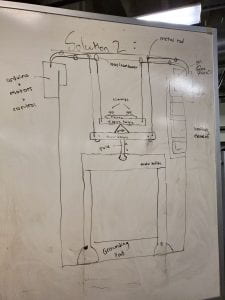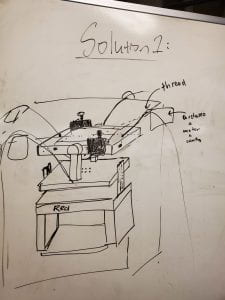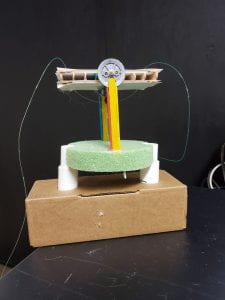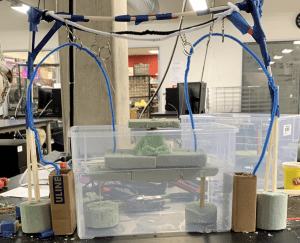Entering week 2, Team Heartache was bright-eyed and ready to take on the world. We eagerly jumped into brainstorming, producing a vast amount of different ideas and components. By the time we had our meeting with the team at THI, we had screened our ideas for each component and had compiled a few clarifying questions to ask. Upon asking our first question, we realized that we had encountered a bit of a problem, and I will have to admit that my heart skipped a beat. Our clients informed us that the tissue we need to move should not be damaged in any way, and our team had made an assumption that the tissue could be punctured in order to attach it to the table.
In the moment I was alarmed as I absorbed the implications of our mistake: having to scrap the majority of our ideas for the “tissue attachment” component of our design. After a few moments, however, I felt relieved. We had caught a potentially grave mistake. This mistake would have had greater consequences if we discovered it a week from now. Luckily, our team was able to recover quickly, holding another brainstorming session and revamping our design criteria within a day.
Moving forward with our reassessed ideas, we ran Pugh screening and scoring matrices and determined two prototype ideas to pursue.
Both designs involve a three platform/table system, with a “red table” as the base, an “intermediate” platform that will move vertically to simulate the lung’s effects on heart motion, and finally a tilting/rocking “tissue table” that will have the tissue sample clamped onto it.
The major differences between the two designs involve how the tissue table will be designed to rock back and forth and how the intermediate platform will move up and down.
We have been able to produce low fidelity prototypes for both design ideas and have ordered the necessary materials to continue iterating and increasing the fidelity.
Our next steps include using SolidWorks to 3D print some of the components, coding the Arduino, and hopefully bringing the device to life.
Until next time,
Rachel Lee



